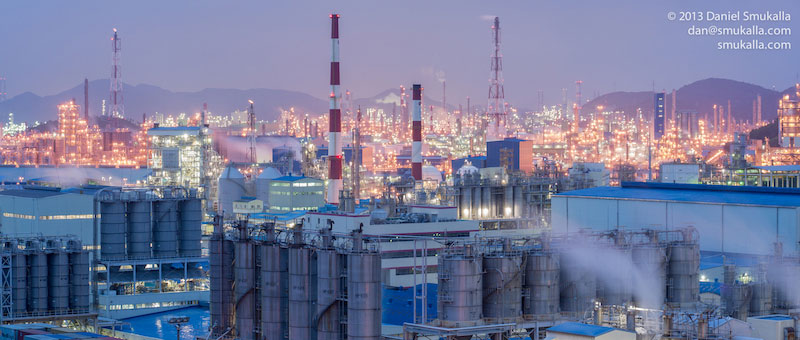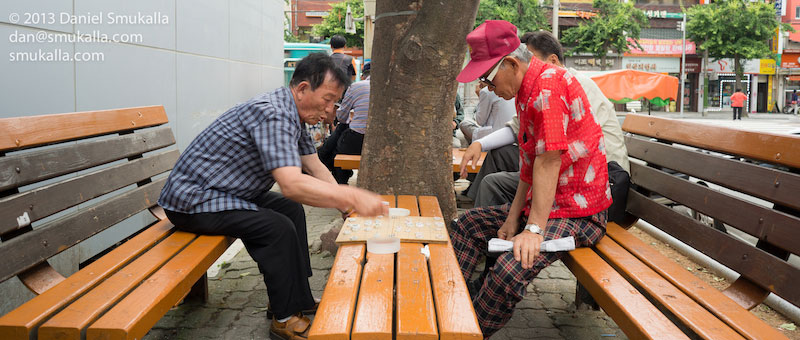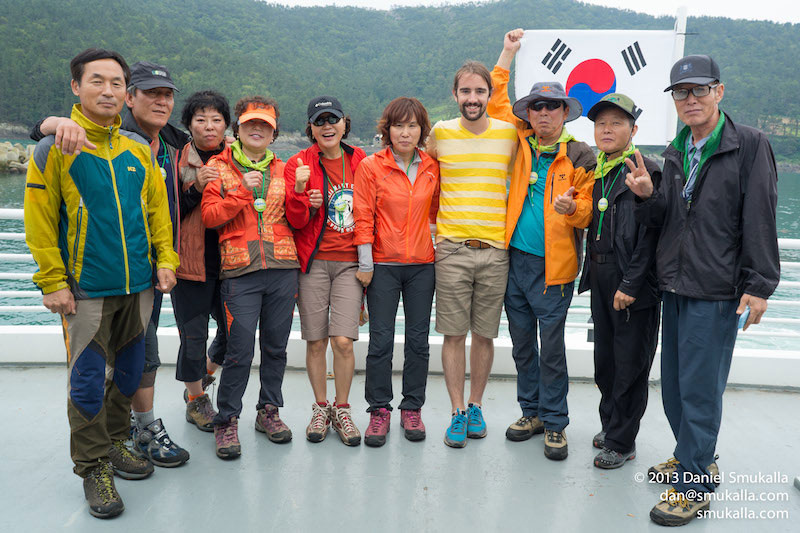 This is a Guest Post by Daniel Smukalla, Director of Sedae.
This is a Guest Post by Daniel Smukalla, Director of Sedae.

These days, there are so many great cameras on the market, which is why I had such a difficult time last year deciding upon which one to purchase to shoot the Korean documentary “Sedae”. Originally I wanted to get a video camera, since video is my primary purpose, but flexibility with time lapse was also needed to tell the story of “Sedae”. In that regard, DSLRs are superior. However, I wasn’t ready to commit to a DSLR. I would shoot with them, and loved the images, but still felt limited since it was missing many of the features that I wanted from a video camera. Once I was ready to buy a camera though, the Sony a99 came on the market, and it convinced me of its ability to do video.
While shooting with DSLRs, focus is always difficult, especially on a documentary. While the Canon 5D Mark 3 can zoom in to check the focus (which would actually be a nice firmware addition to the a99), I love the focus peaking provided by the Sony a99. I have the comfort to know the shot is focused without having to squint at the screen on bright sunny days. Even in those sunny days though, the EVF does wonders. Often times I find myself shooting without the LCD, and just opting for the EVF. Plus as a documentarian, it allows me to be a bit subtler with what I am shooting.

That slight handheld DSLR jitter has always bothered me, but the built in image stabilization on the a99 smoothes it out very efficiently. That, mixed with the LCD screen which can go any way you need: awkward angle, away from your body or other tricky shots, will still allow you to see clearly your image while keeping it reasonably stable.
As a documentary filmmaker and videographer, the thing that really sets the Sony a99 apart from other DSLR cameras is the sound quality. The camera by itself has good sound and it is wonderful being able to check the levels and adjust it while recording. This is especially useful when shooting live events such as concerts. To add to that is the Sony XLR-K1M adapter. Granted, the XLR-K1M adapter is a bit expensive but it is great for documentary and video work, and has given me the confidence to tell a client that I can get professional quality sound for whatever they want me to capture: interviews, live events, etc… Before that, I would recommend a client to go with a video camera to ensure the quality of sound they require, but with the a99 / K1M combo, you get a great image and sound.
With all of those features, as well as some other ones (60p, dual SD slots, and more), the Sony a99 really is a fantastic camera for video work. That being said, there are a few features that could be added by Sony:
- Being able to shoot in NTSC and PAL. This is a strange one since the European model can do both but I bought mine in South Korea (NTSC).
- I love the 24p and 60p but how about some 30p Sony?
- Timecode would be amazing.
-Auto Focus. Yes, the camera has auto focus, and no, I don’t really use it. Sometimes I wouldn’t mind throwing on autofocus depending on what I am shooting. The problem with the auto focus on the a99 is that it cannot be in full manual mode, only program, aperture priority or shutter priority.
Overall, the Sony a99 has served me well. Thanks to all of these features in its small body, I have been able to capture my vision so far for the documentary “Sedae” that I am currently shooting in South Korea. I am doing a crowdfunding campaign for the documentary as the camera itself is not enough and I need the ability to rent great lenses in order to fully show the beauty of the land and people I interview. So to learn more about the documentary, and to see videos I have captured with the Sony a99, check out the links below:
- Indigogo Crowdfunding Campaign: http://igg.me/at/sedae/x/4868197
- Sedae Official Website: http://www.sedaechai.com/
- Sedae Vimeo Album: https://vimeo.com/album/2552637
- Facebook: https://www.facebook.com/sedaechai
 This is a Guest Post by Daniel Smukalla, Director of Sedae.
This is a Guest Post by Daniel Smukalla, Director of Sedae.
